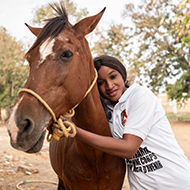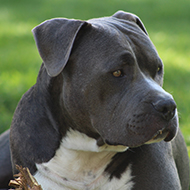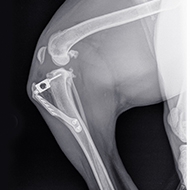New findings contradict previous perceptions
Human tuberculosis (TB) has been traced back to hunter-gatherer groups in Africa over 70,000 years ago, which goes against common belief that the disease was first spread to humans by animals.
A new genetic analysis of 259 strains of TB has revealed that the disease's bacteria migrated out of Africa along with the first anatomically modern humans.
For the study, a team of international researchers compared the genetic evolutionary trees of TB bacteria with humans, which resulted in a "very close" match.
They found that TB bacteria and humans not only emerged in the same region of the world, but they also migrated together out of Africa tens of thousands of years ago, expanding all over the globe since.
This has led researchers to believe that changes in human lifestyles and their migratory path have caused TB to evolve and become deadly.
"We see that the diversity of tuberculosis bacteria has increased markedly when human populations expanded," said evolutionary biologist Sebastien Gagneux, from the Swiss Tropical and Public Health Institute, who led the study.
The findings contradict the perception that TB moved from domesticated animals to humans, according to Gagneux, "simply because mycobacteria tuberculosis emerged long before humans started to domesticate animals".
The study, which is hoped to impact the future developments of new drugs and vaccines, has been published in the Nature Genetics journal.






 Birmingham Dogs Home has issued an urgent winter appeal as it faces more challenges over the Christmas period.
Birmingham Dogs Home has issued an urgent winter appeal as it faces more challenges over the Christmas period.
